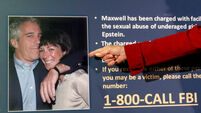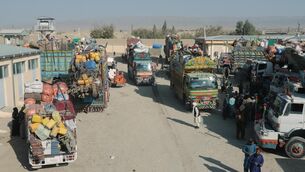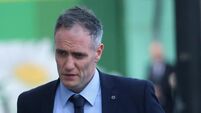Haitians mourn quake victim archbishop
Hundreds gathered for the funeral of the archbishop of Haiti’s earthquake-stricken capital, in a rare formal ceremony that captured the collective mourning of a shattered nation where mass graves hold many of the dead.
Meanwhile, as the United Nations said the Haitian government had declared an end to searches for living people trapped in the rubble, yet another survivor was rescued.














